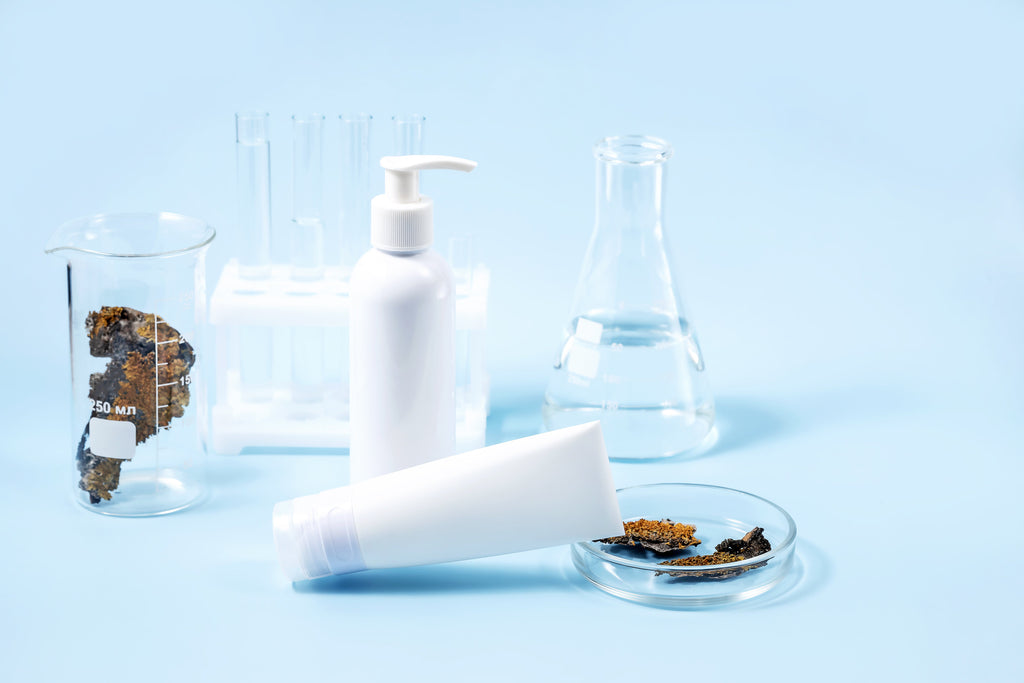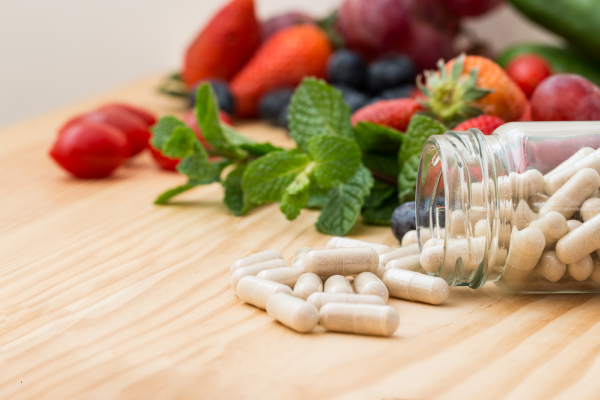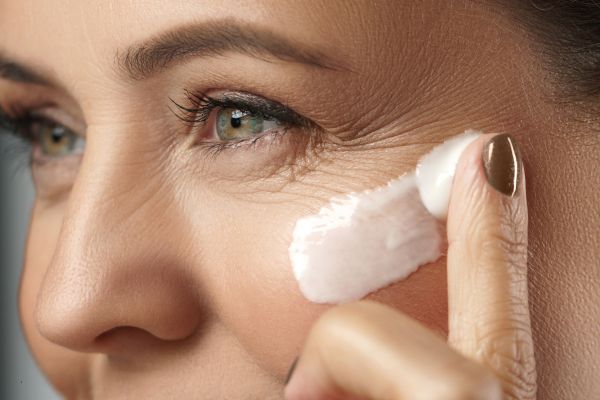
The Science Behind Skincare: Why It Actually Works

Skincare is often marketed with promises of glowing, youthful skin, but how do these products actually work? Behind every effective skincare formula is a blend of science-backed ingredients that interact with the skin on a cellular level. In this blog, we’ll break down the key mechanisms that make skincare truly effective, using insights from brands like AlumierMD, Advanced Nutrition Programme, Environ, and more.
1. Absorption: How Skincare Penetrates the Skin
For a skincare product to be effective, its active ingredients must penetrate the outermost layer of the skin (stratum corneum) and reach the viable layers where they can interact with cells. The skin’s barrier is designed to keep harmful substances out, which means that only specific types of molecules can penetrate effectively.
- Lipid-Soluble vs. Water-Soluble Molecules – The skin’s barrier is composed mainly of lipids, meaning that oil-based ingredients like retinol and vitamin E have an easier time penetrating than water-based molecules.
- Molecular Size – Smaller molecules such as vitamin C (L-ascorbic acid) and niacinamide can penetrate deeper, while larger molecules like hyaluronic acid work best at the surface by drawing moisture into the skin.
- Delivery Systems – Advanced formulations use liposomal encapsulation, nanotechnology, or penetration enhancers to improve ingredient absorption. For example, Environ's serums use iontophoresis and sonophoresis to drive active ingredients deeper into the skin. AlumierMD’s Retinol Resurfacing Serum uses encapsulated retinol for better absorption and reduced irritation.
2. Antioxidants: Fighting Free Radical Damage
One of the biggest contributors to premature aging is oxidative stress, caused by free radicals from UV exposure, pollution, and other environmental aggressors. Antioxidants like vitamin C and vitamin E neutralize these harmful molecules before they can cause damage at the cellular level.
- L-Ascorbic Acid (Vitamin C) – Found in AlumierMD’s EverActive C&E® + Peptide and Environ’s C-Quence Serum, vitamin C is a powerful antioxidant that protects against oxidative damage while also playing a crucial role in collagen synthesis.
- Vitamin E – Often paired with vitamin C, vitamin E stabilizes and enhances its effects, providing extra protection against free radicals while strengthening the skin barrier. It is a key ingredient in Environ’s Antioxidant Defence Crème.
3. Peptides: Stimulating Collagen and Repair
Peptides are short chains of amino acids that act as messengers, signalling skin cells to produce more collagen, elastin, and other essential proteins. These proteins help maintain the skin’s structure and elasticity.
- MATRIXYL® Synthe’6® – Found in AlumierMD’s EverActive C&E® + Peptide, this peptide mimics the skin’s natural processes to stimulate collagen and improve elasticity.
- Copper Peptides – Found in Environ’s Focus Care Youth+ Avance Elixir, copper peptides accelerate wound healing and support collagen regeneration.
4. Essential Fatty Acids: Strengthening the Skin Barrier
The skin barrier is crucial for maintaining hydration and protecting against irritants. Essential fatty acids, such as omega-3 and omega-6, help reinforce this barrier and reduce inflammation.
- Omega-3 Fatty Acids – Found in Advanced Nutrition Programme’s Skin Omegas+, these essential fats strengthen the skin’s lipid barrier, reducing moisture loss and calming irritation.
- Omega-6 Fatty Acids (Linoleic Acid) – A key component in ceramide production, omega-6s support the skin’s natural repair mechanisms. Environ’s Skin EssentiA range incorporates omega-rich formulations to nourish and protect the skin barrier.
5. Vitamin A: The Gold Standard for Skin Renewal
Vitamin A (retinol and its derivatives) is one of the most scientifically proven ingredients in skincare. It works by increasing cell turnover, improving skin texture, and reducing the appearance of wrinkles.
- Retinol & Retinoids – Found in Environ’s Skin EssentiA® range and Ultraceuticals’ Ultra A Skin Perfecting Serum, vitamin A speeds up the skin renewal process, revealing fresher, healthier cells at the surface.
- Encapsulated Retinol – Used in AlumierMD’s Retinol Resurfacing Serum, encapsulation allows for slower release and deeper penetration, reducing irritation while maximizing benefits.
6. Growth Factors and Hyaluronic Acid: Hydration and Repair
- Epidermal Growth Factors (EGFs) – Found in CLINICCARE’s EGF Extra Skin Booster, these bioactive molecules promote cell regeneration, helping to heal damaged skin and boost elasticity.
- Hyaluronic Acid – A key ingredient in Image Skincare’s Vital C Hydrating Water Burst, hyaluronic acid attracts and retains moisture in the skin, keeping it plump and hydrated.
- Sodium Hyaluronate – A smaller molecular form of hyaluronic acid, allowing it to penetrate deeper into the skin’s dermal layers for long-lasting hydration. This is used in Dermaviduals’ Hyaluronan NAG Liposome Serum.
7. Exfoliation: Removing Dead Skin Cells for Better Absorption
Exfoliation enhances skincare efficacy by removing dead skin cells that can block product absorption.
- Alpha Hydroxy Acids (AHAs) – Found in Image Skincare’s Ageless Resurfacing Masque and Ultraceuticals’ Ultra Brightening Serum, AHAs like glycolic acid work by dissolving the bonds between dead skin cells, encouraging cell turnover.
- Beta Hydroxy Acids (BHAs) – Such as salicylic acid, penetrate deeper into pores to remove excess oil and prevent breakouts. This is a key ingredient in AlumierMD’s Clarifying Serum.
- Enzymatic Exfoliation – Papaya and pineapple enzymes, found in some Dermaviduals formulations like the Enzyme Peeling Mask, gently break down dead skin without disrupting the skin barrier.
The Takeaway: Science is the Foundation of Effective Skincare
Skincare is more than just a routine—it’s a science. Ingredients like antioxidants, peptides, essential fatty acids, and vitamin A work synergistically to improve skin health at a cellular level. By understanding the mechanisms behind these ingredients, you can make informed decisions about the products you use, ensuring your skincare routine is backed by real science rather than marketing hype.
If you're looking to invest in results-driven skincare, consider brands that prioritize scientific research, such as AlumierMD, Environ, Ultraceuticals, CLINICCARE, Dermaviduals, and Advanced Nutrition Programme.
Ready to take your skincare to the next level? Explore our curated selection of science-backed products at HM Skin!





